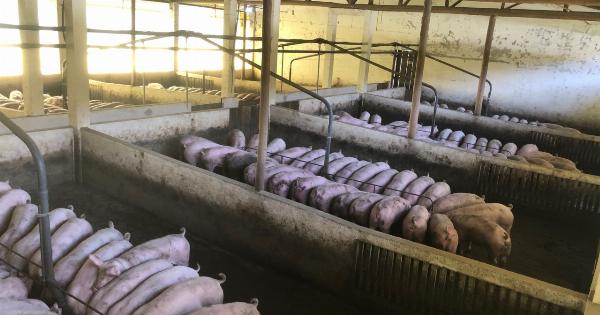Wheat is undoubtedly one of the world’s most important crops, providing nourishment to billions of people. Unfortunately, wheat production is threatened by various factors such as climate change, emerging diseases, and changing food demands.
To combat these challenges, researchers have been working for years to understand the wheat genome.
The Wheat Genome
The wheat genome is one of the largest and most complex among all cereal crops. It is 40 times larger than that of rice and around five times larger than that of humans.
Its complexity arises from its hexaploid nature, which means it has six copies of each gene. So far, the wheat genome has been one of the most challenging to sequence and understand.
Why is Understanding the Wheat Genome Important?
Understanding the wheat genome is important for several reasons. Firstly, it can help to improve wheat crops, making them more resilient and able to adapt to changing environmental conditions.
Secondly, it can help researchers develop new varieties of wheat that are more disease-resistant, have a higher yield and nutritional value, and are more appealing to consumers. Finally, understanding the wheat genome can also lead to significant advances in the understanding of other cereal crops.
The Wheat Genome Project
The wheat genome project is an international effort to sequence and decode the wheat genome. The project began in 2005, and since then, significant progress has been made.
In 2018, a team of scientists from Australia published a study in the journal ‘Nature’ which detailed the sequencing of the wheat genome. The team identified more than 107,000 genes, including 66,000 new ones.
Benefits of Decoding the Wheat Genome
The decoding of the wheat genome has significant benefits in several areas:.
1. Creating New Wheat Varieties
The decoded genome will help scientists and researchers create new varieties of wheat that have higher nutritional value, are more disease-resistant, and have greater yields.
It will also help to introduce new traits that can make the plants more resilient to environmental stressors like drought, heat, and diseases.
2. Increasing Food Security
Decoding the wheat genome is crucial for maintaining global food security. By creating more resilient and disease-resistant wheat varieties, food production can increase, helping to feed the world’s growing population.
3. Reducing the Environmental Impact of Agriculture
The decoding of the wheat genome can lead to the development of new varieties that require fewer resources like water, fertilizer, and pesticides.
This could significantly reduce the environmental impact of agriculture while providing farmers with cheaper and more efficient growing methods.
4. Understanding Other Cereal Crops
Since the wheat genome is so complex, decoding it can help researchers understand other cereal crops with less complicated genomes like rice and corn.
This understanding could help to improve their yield, nutritional value, and resistance to pests and diseases.
Conclusion
The decoding of the wheat genome is crucial for improving food security, reducing the environmental impact of agriculture, and advancing our understanding of other cereal crops.
New wheat varieties created through the decoding of the genome will help feed the growing population of the world while also reducing the impact of agriculture on the environment.



























